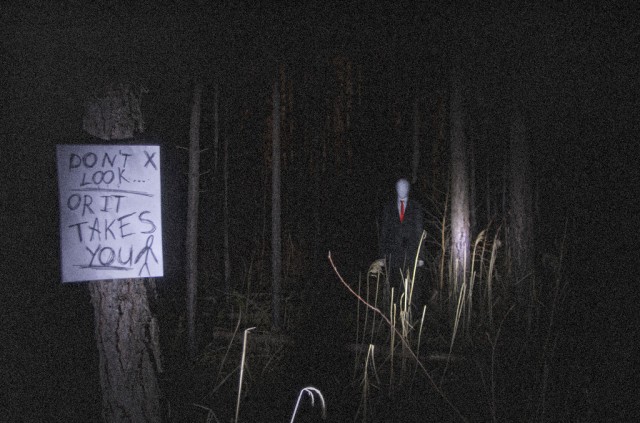
Players began recording themselves playing and posting it to YouTube, so that screaming horror survival clips of Slender Man gaming experiences became their own, weird, unofficial genre of reaction videos. Arriving soon after Slender Man became an evil meme, the games evoked immediate fear among viewers. Nothing will snatch you out of a ghost story's grip faster than it unabashedly ending with the narrator watching a specific episode of Futurama.īut the Slender Man games have been able to maintain the creepiness and fear aroused by the online literature. I find the weakest element of Creepypastas is often how dweeby they are many concepts circulate around lost episodes of Sponge Bob or The Simpsons. (That attack may have been more self-inspired one of the assailants was reported to also be emotionally invested in Voldemort, Ninja Turtles, and unicorns.)Įven if Slender Man is copyrighted and still appropriated, all of pop culture seems to be on the table. Even though Slender Man's original creator Eric Knudsen copyrighted the creature, its rampant deployment makes it possible for the lines between Slender Man fiction and fact to wash into the cache of rumour. Creepypasta eschews ownership its properties and tropes belong to anyone who employ them. That, too, materialized on the internet, but Slender Man quickly became an entity belonging to all. Ted may be one of Creepypasta fiction's earliest champions, but he isn't its mascot. That award goes to Slender Man, a gangly, featureless spook that lurks in the peripheral, often among tall trees and camouflaging clutter. He is a ghost designed to make you second-guess shadows. Related: How Video Games Are Confronting Our Darkest SubconsciousĬonsider the growth of Slender Man from online literary ghoul to creepy video game antagonist. And now, Creepypasta characters are inspiring video games.


Today, about a decade later, there is a well-established clearinghouse for user-generated internet horror stories: Creepypasta.


 0 kommentar(er)
0 kommentar(er)
